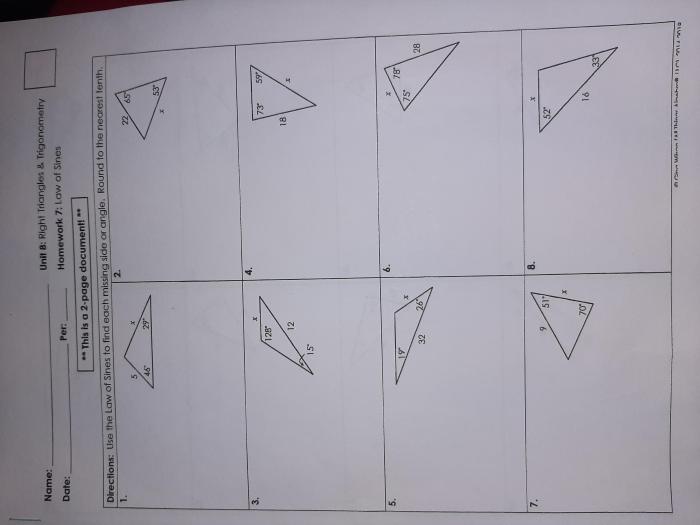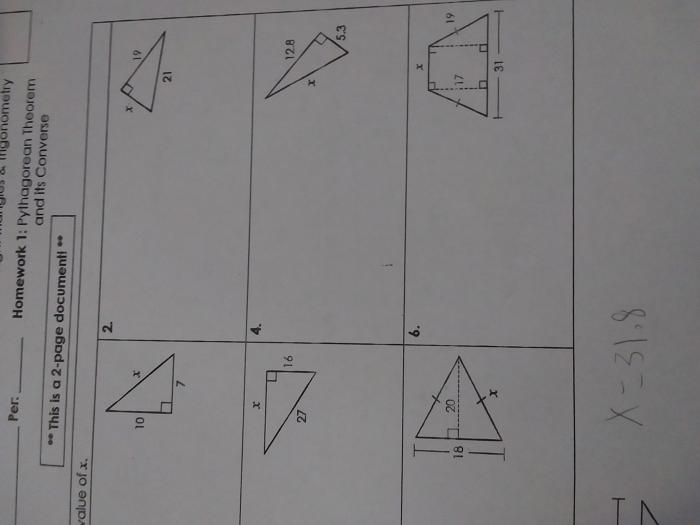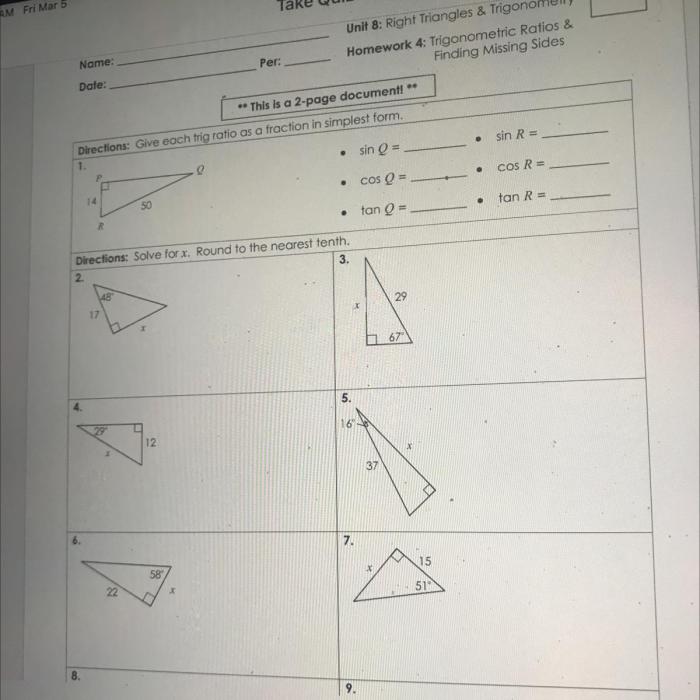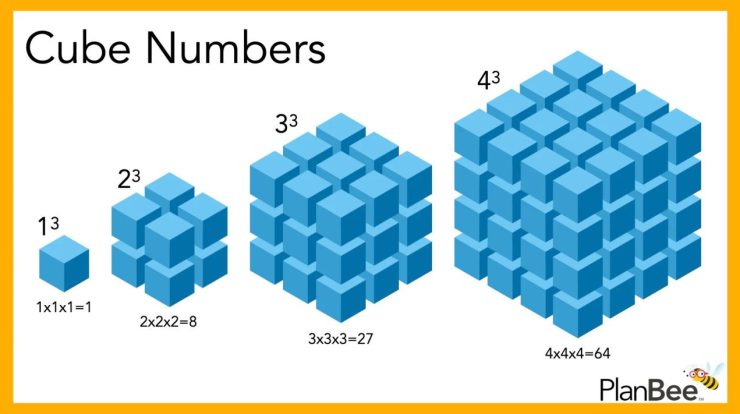Unit 8 homework 1 pythagorean theorem and its converse – Delving into the realm of unit 8 homework 1, we embark on an exploration of the Pythagorean theorem and its converse, unveiling their significance and practical applications in various fields. This comprehensive guide unravels the intricacies of these mathematical concepts, providing a solid foundation for understanding their relevance in real-world scenarios.
The Pythagorean theorem, a cornerstone of geometry, establishes a fundamental relationship between the lengths of the sides of a right triangle. Its converse, equally significant, offers a method for identifying right triangles based on specific side length measurements. Together, these concepts form a powerful toolkit for solving problems in architecture, engineering, surveying, and beyond.
Pythagorean Theorem: Unit 8 Homework 1 Pythagorean Theorem And Its Converse
The Pythagorean theorem is a fundamental relation in Euclidean geometry that states that in a right triangle, the square of the hypotenuse (the side opposite the right angle) is equal to the sum of the squares of the other two sides.
The theorem can be expressed mathematically as:
a2+ b 2= c 2
where a and b are the lengths of the legs of the right triangle and c is the length of the hypotenuse.
Converse of the Pythagorean Theorem

The converse of the Pythagorean theorem states that if the square of one side of a triangle is equal to the sum of the squares of the other two sides, then the triangle is a right triangle.
The converse can be used to determine if a triangle is a right triangle without measuring the angles. To use the converse, simply check if the following equation holds:
a2+ b 2= c 2
If the equation holds, then the triangle is a right triangle.
Applications of the Pythagorean Theorem and its Converse

The Pythagorean theorem and its converse have numerous practical applications in various fields, including architecture, engineering, and surveying.
- Architecture:The Pythagorean theorem is used to calculate the lengths of rafters and other structural elements in buildings.
- Engineering:The Pythagorean theorem is used to calculate the forces and stresses in bridges, buildings, and other structures.
- Surveying:The Pythagorean theorem is used to measure distances and calculate the areas of land.
Examples and Exercises
Example 1:A right triangle has legs of length 3 and 4. What is the length of the hypotenuse?
Using the Pythagorean theorem, we have:
32+ 4 2= c 2
9 + 16 = c2
c2= 25
c = 5
Therefore, the length of the hypotenuse is 5.
Visual Representations

The Pythagorean theorem can be illustrated using a geometric diagram.
In the diagram below, the legs of the right triangle have lengths a and b, and the hypotenuse has length c.

The Pythagorean theorem states that the area of the square with side length c is equal to the sum of the areas of the squares with side lengths a and b.
FAQs
What is the Pythagorean theorem?
The Pythagorean theorem states that in a right triangle, the square of the length of the hypotenuse (the side opposite the right angle) is equal to the sum of the squares of the lengths of the other two sides.
What is the converse of the Pythagorean theorem?
The converse of the Pythagorean theorem states that if the square of the length of the longest side of a triangle is equal to the sum of the squares of the lengths of the other two sides, then the triangle is a right triangle.
How can I use the Pythagorean theorem to solve real-world problems?
The Pythagorean theorem can be used to solve a wide variety of real-world problems, such as finding the height of a building, the distance between two points, or the area of a triangular plot of land.

